Sara’s Research Journey
I joined the Digital Divide study, in Dr. Shelly Ben-David’s lab, as a research assistant to gain research skills related to mental health topics. Shelly and I quickly bonded over our appreciation of nature, community-based participatory research, and experiences working with youth in mental health settings. Years prior, I worked in youth mental health and substance use settings in greater Vancouver’s and in the downtown east side. During my street outreach days, I accompanied youth to hospitals, clinics, and harm reduction services. I witnessed their voices not represented in the healthcare they received. I still reflect on those hospital visits when everything shifted virtually during the COVID-19 pandemic. I couldn’t help but wonder what youth thought about digital healthcare services for mental health when in-person supports were at a halt. My curiosity kicked in – what does getting counselling online look like? Are there apps that are helpful for anxiety? How can services be improved?

What drew me to the Digital Divide qualitative study was the ability to work with youth researcher assistants (YRAs) collaboratively to uncover trends youth across BC are experiencing and how this is being reflected in their mental health care. We interviewed 45 youth (aged 12-24) across BC in order to understand their experiences accessing digital mental health technology (DMHT), and how intersectionality (e.g., age, gender, ethnicity) played a role in their decisions to use DMHT. We had youth engaged in the different phases of the study including: data collection, data analysis, and knowledge translation activities. As you read along, I will describe why it’s important to engage youth in research, the roles I held as a youth mentor supporting our youth researchers during each study phase. We also asked the 45 participants we interviewed what their experiences were like being interviewed by YRAs, and impressions of the safety protocol developed by our YRAs. I will also share some of those results throughout the blog.

The Importance of Youth-Driven Research
Young people are often not included on research teams (Abraham, et al., 2022), and researchers themselves are unsure about how to work with youth in research settings (Faithfull et al., 2018). But we know that working together with youth to conduct research can help build a young person’s confidence, teach them new skills, and it makes research topics more youth focused (Augsberger et al., 2017; Dunn, 2017, Hawke et al., 2020, Jardine & James, 2012; Mawn, et al., 2015). What struck me from the literature was that researchers are looking for guidance to work with youth as researchers (Mendenhall et al.,2015; Hawke et al., 2020), and researchers across Canada are answering this call by developing tools and trainings for researchers to learn how to include youth on their research teams (Hawke et al., 2018; Heffernman, et al., 2017). Learning how to use new knowledge and skills is like learning how to ‘ride a bike’ for the first time – it takes time and intention. This got us thinking – clearly, researchers have the desire to work with youth they just need guidance on how to do this effectively. As a big fan of practical tools, this blog provides some of the ways we engaged youth in different phases of the study.
Phase 1: Hiring, Training, Orientation

After going through a structured interview process by our study coordinator Corinne Tallon (Foundry Research Operation lead), we hired four youth research assistants (YRAs) to join the Digital divide study team (check out our YRA blog). They first received an orientation training by our study coordinator (e.g., research ethics, study supplies & equipment, study enrolment procedures, participant privacy and confidentiality). Next, as one of the youth mentors, I helped facilitate (with our second youth mentor Melissa Campos, and Dr. Shelly Ben-David) qualitative interviewing training sessions held over a Zoom in 2020. Our training materials included qualitative research foundations, micro skills for interviewing, and a safety protocol and risk assessment. My role as youth mentor was to provide practical and emotional support, study navigation, and interviewing support to the YRAs. During these trainings, the team engaged in team building activities (e.g., icebreakers) to build working relationships with the YRAs, and we co-developed the interview guide questions for our study. Before starting data collection, mentors also provided individual follow-up sessions where YRAs practiced using the interview guide and safety protocol. I enjoyed watching the YRAs use their new interviewing skills, and I felt like a real participant being interviewed during the practice rounds! I started to notice diversity among YRA interviewing styles – they each had their own styles and strengths. I also noticed that I gained a more in-depth perspective on how to build rapport with youth watching our YRA’s practice using the interview guide.
As mentioned above in phase 1, our YRAs co-developed the interview guide. For example, they suggested that we develop a shared agreement at the beginning of each interview that included steps the researchers took to support safety and privacy during the interviews such as coming up with a safe word, discussion around accessibility needs, confirmation of location and contact details, and discussion around environment to ensure physical privacy. Halfway through data collection, our YRAs suggested adding the following question to the interview guide around the shared agreement: “was there anything done with this study that helped with creating safety?” All the youth that were asked this question found the interview experience to be a safe space. Youth felt that reminders of confidentiality influenced safety, and several of the youth stated that the shared agreement at the beginning of the interview promoted a safe space. This made me realize the importance of partnership – YRAs highlighted the need for safety questions to be embedded in the interview guide. For that reason, the ‘how’ to conduct research with youth is all about being flexible to YRA ideas.
Phase 2: Data Collection

As youth mentors, Melissa and I initially conducted 1-2 interviews with participants while the YRAs observed on the call. After each of these interviews we reviewed interview techniques such as using open-ended questions, how to convey empathy, and answered interview related questions. Once ready, the YRAs began interviewing the youth while we shadowed the interviews. At the end of each interview, the mentor and YRA would meet and discuss interview highlights, strengths, and ways to continue to build on their skills. Shadowing interviews will always be my favorite role of this study as a mentor. I was impressed by the YRAs level of skill, authenticity, and relaxed vibes. I thought to myself – wow interviews can be a fun experience for youth versus a place of seriousness and formality, while at the same time meeting the research standards. Throughout data collection, the research team held weekly team meetings where we discussed reflections on the data collection process, if anything was coming up personally during the interviews, and continued with team building activities. Nearing the end of data collection, YRAs began to conduced interviews on their own without mentor support.
Our research team wanted to understand the participant experience of being interviewed by YRAs. We asked participants:
- How did you find this interview experience?
- Did you feel that being interviewed by a young person changed your experience of being interviewed?
All the youth interviewed had something positive to say about being interviewed by YRAs and felt like it was a great experience. They were able to relate to the YRAs, and noticed a difference being interviewed by a youth compared to being interviewed by an adult. For example, one youth said that they “felt more comfortable knowing it’s with a youth that understands what they are going through rather than an adult.” Youth also described feeling an openness during the interviews, and experiencing positive emotions like comfort and relaxed.
Phase 3: Data Analysis

During this phase, graduate students and YRAs worked together to complete preliminary data analysis. I enjoyed being fully immersed in the data and was particularly struck by reflections and emerging themes uncovered analyzing participant experiences. For example, one thing that stood out to me was the diversity of experiences captured based on gender, sexual orientation, and ethnicity. Our YRAs were instrumental in this. They created the study flyer posters that were tailored to recruit diverse populations. The research team also co-facilitated consensus and weekly team meetings with the YRAs where we talked about emerging trends in the data. The meetings allowed YRAs to share their interpretations of the data from a youth perspective.
Phase 4: Knowledge Translation

The research team facilitated deliberate dialogues where we presented our findings to get feedback and discuss next steps with a variety of community stakeholders like youth, parents, and counsellors at Foundry. In preparation, our YRAs helped us develop presentation material of our findings. YRAs and graduate students took the lead as note-takers, transcribed dialogues, and analyzed the dialogue data.
Conclusion
As a youth mentor, the opportunity to work together with YRAs has informed my own clinical practice as a social worker. For example, the benefits of helping others build self-autonomy, showing up with curiosity, and supporting clients to take charge in their health care were all lessons I learned from YRA’s. Another takeaway was being aware of different learning styles and preferences when providing mentorship. This meant being intentional and deliberate when approaching conversations about accessibility. These lessons deepened my own meaning of mentorship in research, as an intentionally constructed collaborative safe space where youth can meaningfully gain research skills to advance youth-driven study mental health outcomes.

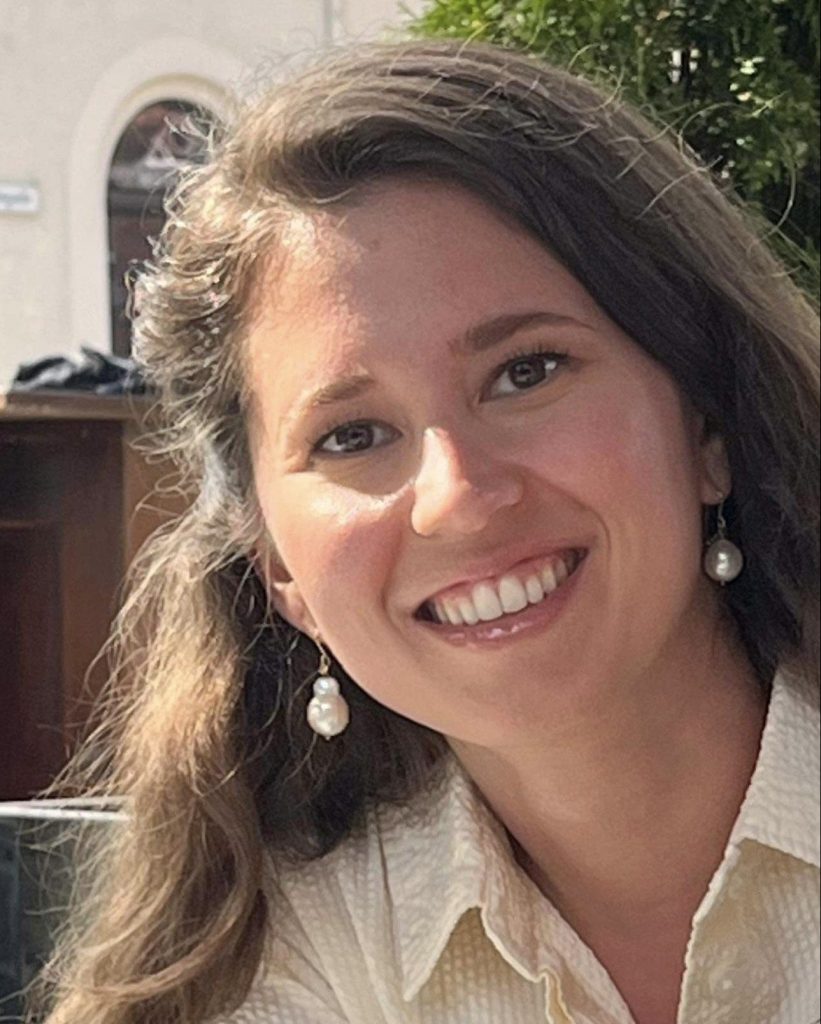 About Sara Kolomejac
About Sara Kolomejac
I am registered social worker, therapist, and alumni graduate with a masters in clinical social work from University of British Columbia, Okanagan campus. I am trained in emotion focused family therapy (EFFT) and work with other modalities such as DBT, CBT, and MI in a counselling capacity. I am a research assistant with Dr. Shelly Ben-David’s CREATE youth mental health lab. I have 10 years of experience working in healthcare including: hospital acute care, child & youth community mental health, and in mental health and substance use street outreach and case management. I received my bachelor’s in psychology in 2016. My research interests include eating disorders, emotion regulation, cultural diversity in early psychosis intervention, body dissatisfaction detection and early intervention.
References:
- Abraham, O., Rosenberger, C. A., & Poku, V. O. (2023). Implementing a youth advisory board to inform adolescent health and medication safety research. Research in social & administrative pharmacy : RSAP, 19(4), 681–685. https://doi.org/10.1016/j.sapharm.2022.12.003
- Augsberger, A., Collins, M. E., Gecker, W., & Dougher, M. (2018). Youth Civic Engagement: Do Youth Councils Reduce or Reinforce Social Inequality? Journal of Adolescent Research, 33(2), 187–208. https://doi.org/10.1177/0743558416684957
- Dunn V. (2017). Young people, mental health practitioners and researchers co-produce a Transition Preparation Programme to improve outcomes and experience for young people leaving Child and Adolescent Mental Health Services (CAMHS). BMC health services research, 17(1), 293. https://doi.org/10.1186/s12913-017-2221-4
- Faithfull, S., Brophy, L., Pennell, K., & Simmons, M. B. (2019). Barriers and enablers to meaningful youth participation in mental health research: qualitative interviews with youth mental health researchers. Journal of mental health (Abingdon, England), 28(1), 56–63. https://doi.org/10.1080/09638237.2018.1521926
- Hawke, L. D., Relihan, J., Miller, J., McCann, E., Rong, J., Darnay, K., Docherty, S., Chaim, G., & Henderson, J. L. (2018). Engaging youth in research planning, design and execution: Practical recommendations for researchers. Health expectations : an international journal of public participation in health care and health policy, 21(6), 944–949. https://doi.org/10.1111/hex.12795
- Hawke, L. D., Darnay, K., Relihan, J., Khaleghi-Moghaddam, M., Barbic, S., Lachance, L., Ben-David, S., Brown, M., Iyer, S., Chaim, G., Soklaridis, S., Kidd, S. A., Halsall, T., Mathias, S., & Henderson, J. (2020). Enhancing researcher capacity to engage youth in research: Researchers’ engagement experiences, barriers and capacity development priorities. Health expectations : an international journal of public participation in health care and health policy, 23(3), 584–592. https://doi.org/10.1111/hex.13032
- Heffernan, O. S., Herzog, T. M., Schiralli, J. E., Hawke, L. D., Chaim, G., & Henderson, J. L. (2017). Implementation of a youth-adult partnership model in youth mental health systems research: Challenges and successes. Health expectations : an international journal of public participation in health care and health policy, 20(6), 1183–1188. https://doi.org/10.1111/hex.12554
- Jardine, C. G., & James, A. (2012). Youth researching youth: benefits, limitations and ethical considerations within a participatory research process. International journal of circumpolar health, 71(0), 1–9. https://doi.org/10.3402/ijch.v71i0.18415
- Mawn, L., Welsh, P., Stain, H. J., & Windebank, P. (2015). Youth Speak: increasing engagement of young people in mental health research. Journal of Mental Health, 24(5), 271–275. https://doi.org/10.3109/09638237.2014.998810
- Mendenhall, T. J., Gagner, N. E., & Hunt, Q. A. (2015). A call to engage youth in health research. Families, Systems & Health: The Journal of Collaborative Family HealthCare, 33(4), 410–412. https://doi.org/10.1037/fsh0000163
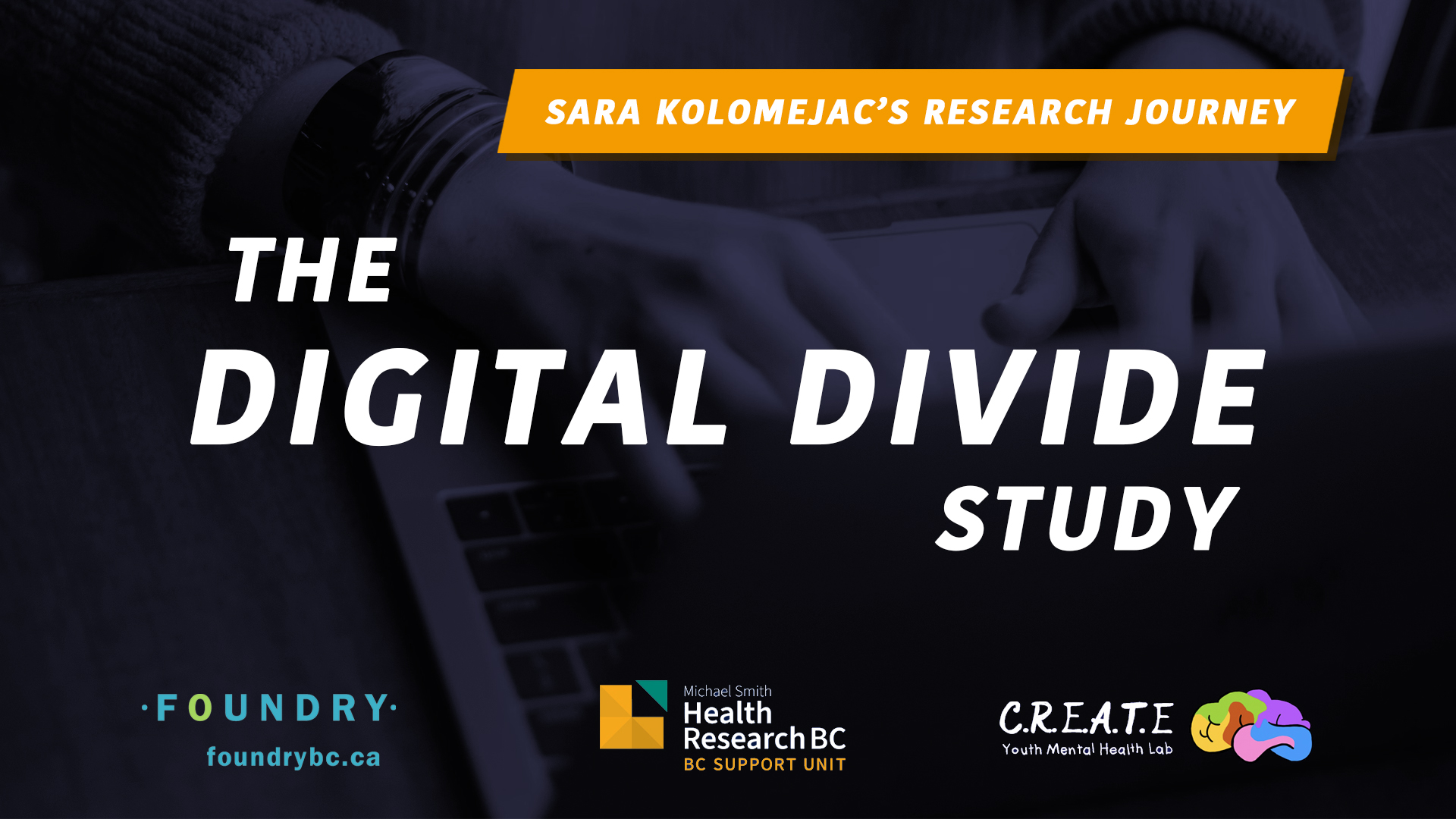
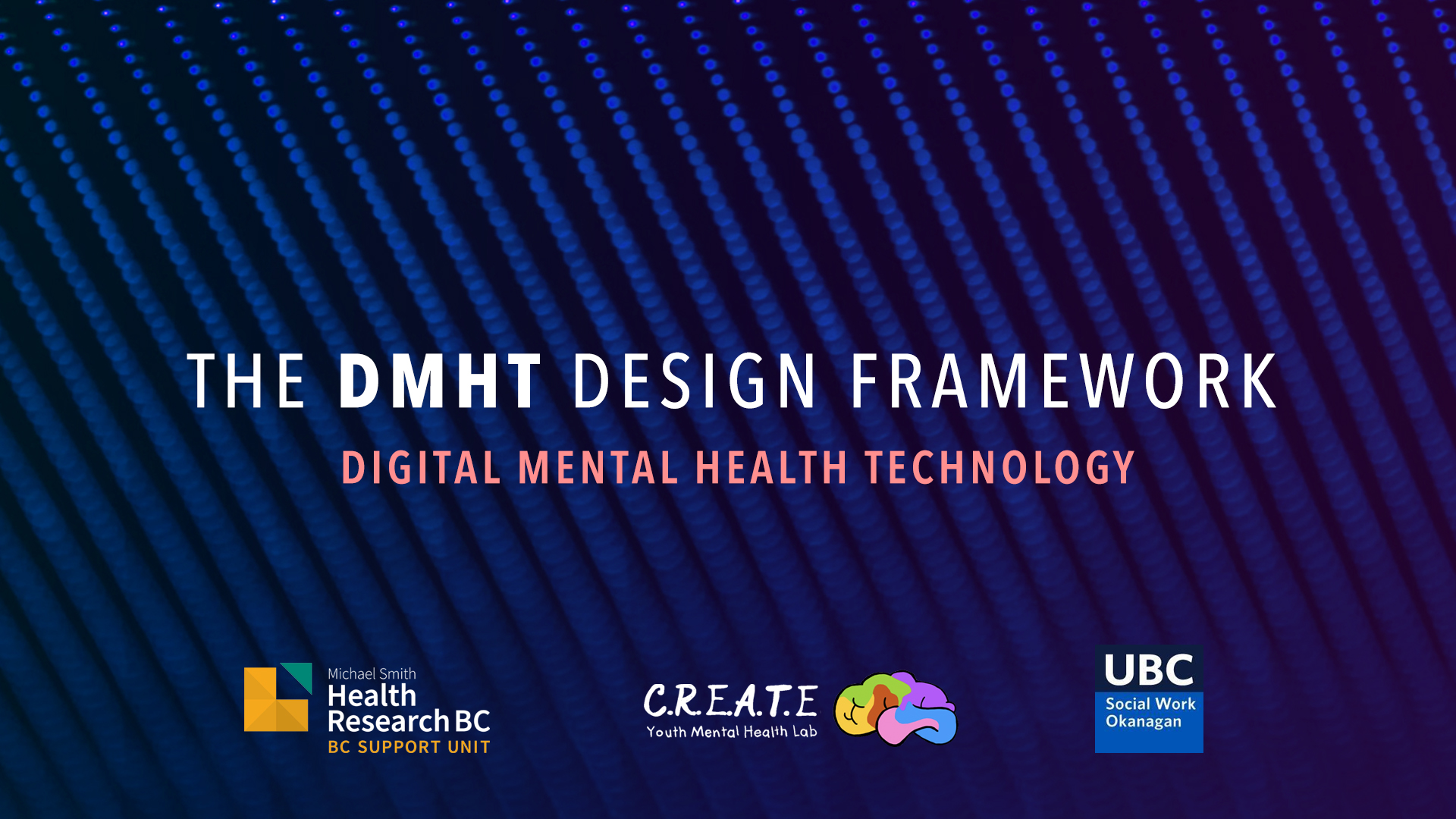
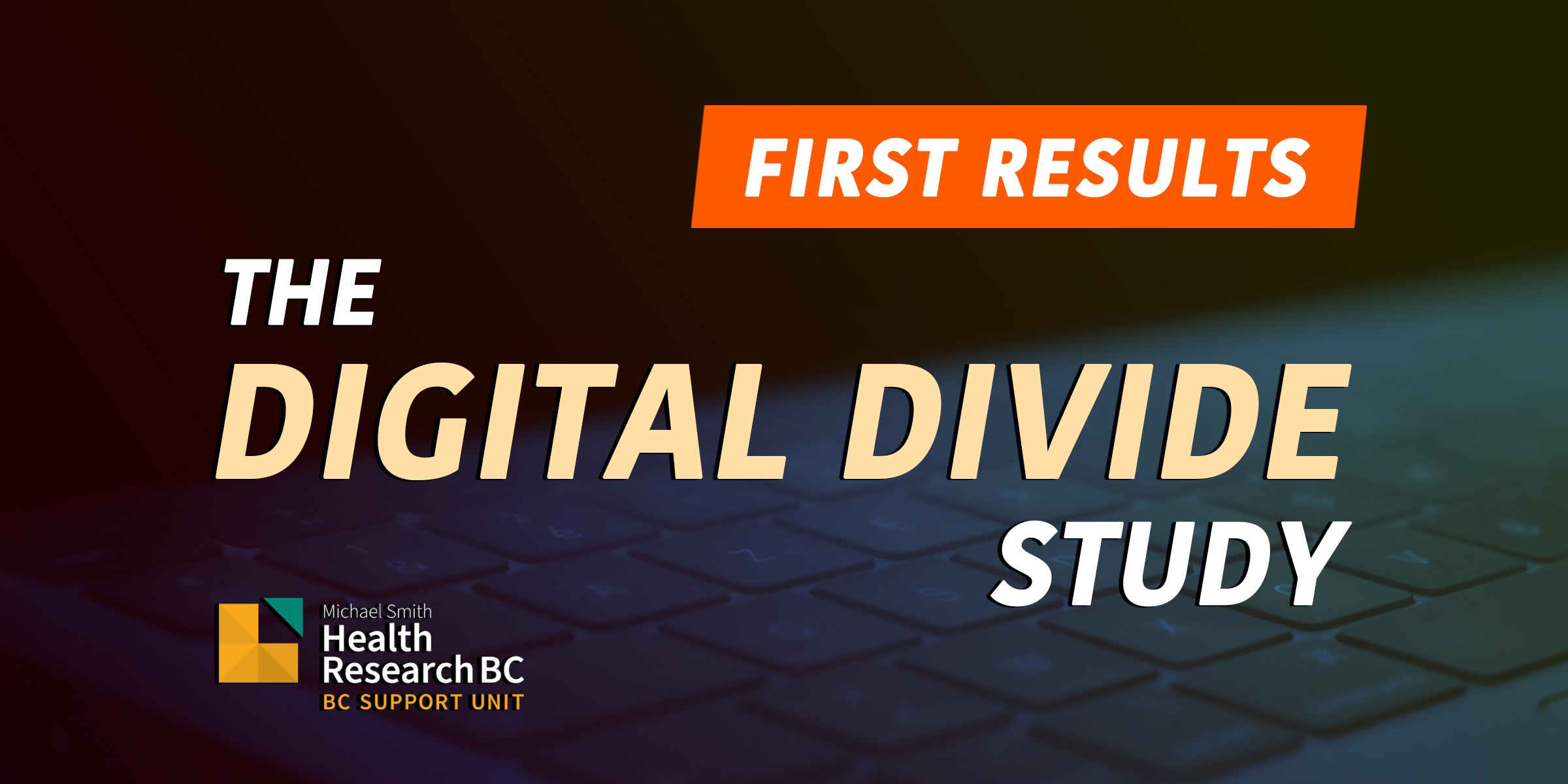
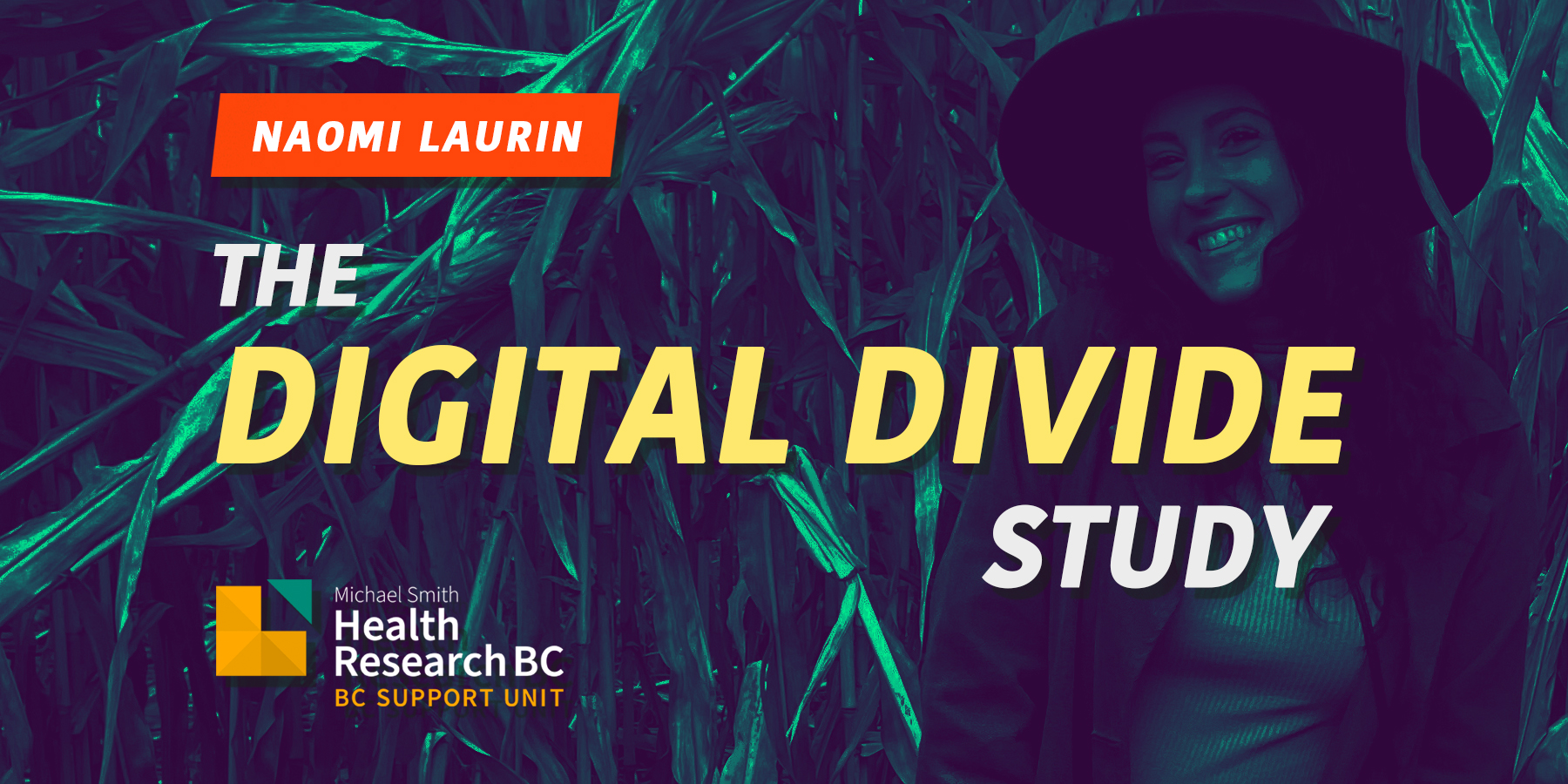



Leave a Reply